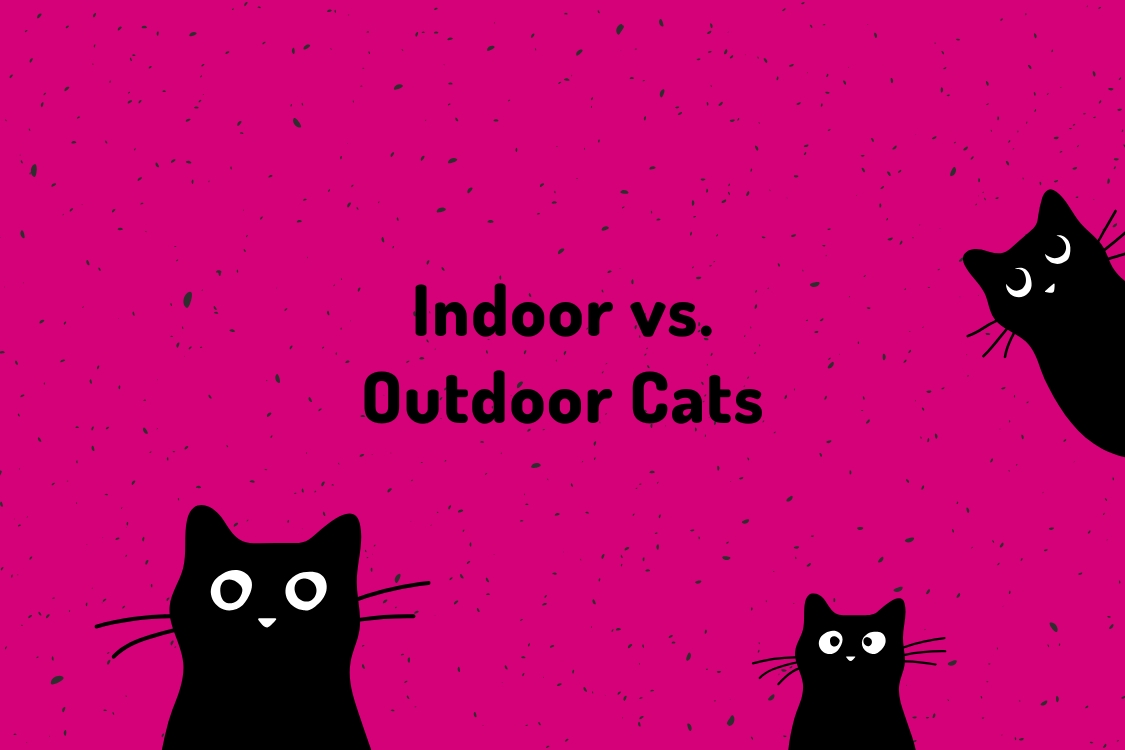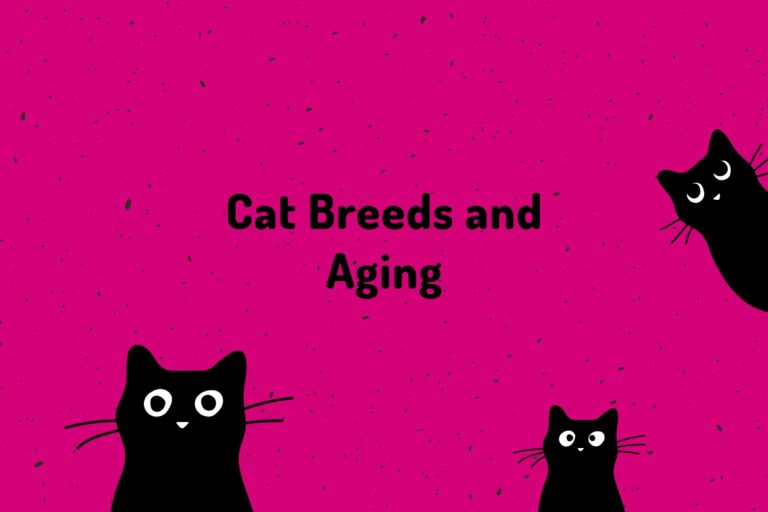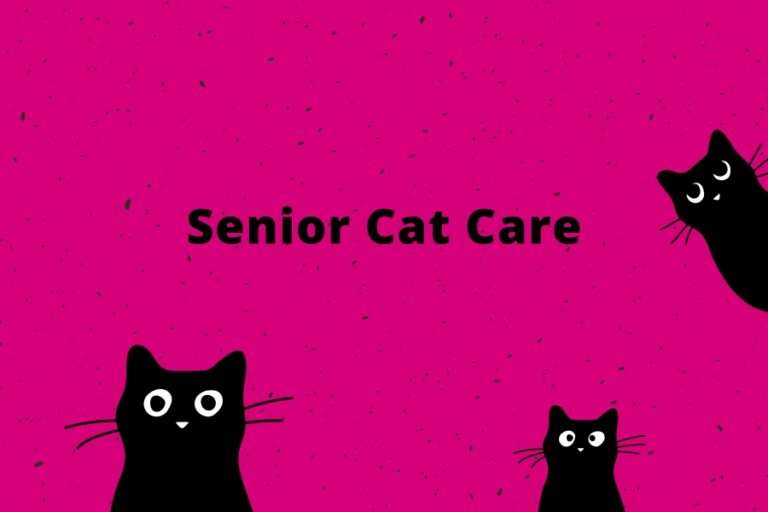Indoor vs. Outdoor Cats: How Lifestyle Affects Aging and Lifespan
Cats are beloved companions, but their environment plays a crucial role in their overall health, aging process, and lifespan. Pet owners often face the dilemma of allowing their cats to roam outdoors or keeping them indoors. This article explores the differences between indoor and outdoor cats, highlighting the risks and benefits of each lifestyle and how they impact a cat’s longevity. You can use cat years to human years calculator to calculate their age.
The Aging Process and Lifespan Comparison
Indoor Cats
- Average Lifespan: 12-15 years, with some reaching up to 20 years.
- Aging Factors: Reduced exposure to environmental hazards and controlled diet contribute to slower aging.
- Health Benefits: Lower risk of infectious diseases, injuries, and parasites.
- Potential Downsides: Lack of physical activity can lead to obesity and related health issues if not properly managed.
Outdoor Cats
- Average Lifespan: 5-7 years, often due to increased risks.
- Aging Factors: Exposure to weather conditions, predators, and traffic accelerates the aging process.
- Health Risks: Higher chances of injury, disease, and parasite infestations.
- Benefits: Greater physical activity and mental stimulation.
Risks and Benefits of Each Lifestyle
Risks of Indoor Cats
- Obesity due to lack of exercise.
- Boredom and stress from limited stimulation.
- Behavioral issues if not provided with enough enrichment.
Benefits of Indoor Cats
- Protection from traffic accidents and predators.
- Lower risk of contracting contagious diseases.
- Longer lifespan and better health monitoring.
Risks of Outdoor Cats
- Exposure to infectious diseases like Feline Leukemia and FIV.
- Risk of injury from fights with other animals or accidents.
- Potential poisoning from toxic plants or chemicals.
Benefits of Outdoor Cats
- Natural exercise and hunting instincts.
- Mental stimulation from exploring the environment.
- Reduced risk of behavioral issues related to boredom.
How to Enhance a Cat’s Lifespan in Both Environments
For Indoor Cats:
- Provide interactive toys and climbing structures.
- Maintain a balanced diet and regular vet checkups.
- Use window perches and safe outdoor enclosures for stimulation.
For Outdoor Cats:
- Ensure regular vaccinations and flea treatments.
- Supervise outdoor time or create a secure outdoor enclosure.
- Microchip and use a collar with identification.
Conclusion
While indoor cats tend to live longer due to reduced risks, outdoor cats enjoy more natural exercise and mental stimulation. By understanding the pros and cons of each lifestyle, cat owners can make informed decisions to enhance their pet’s health and longevity. Whether indoors or outdoors, providing proper care, nutrition, and regular vet visits is key to a happy and healthy feline friend.







